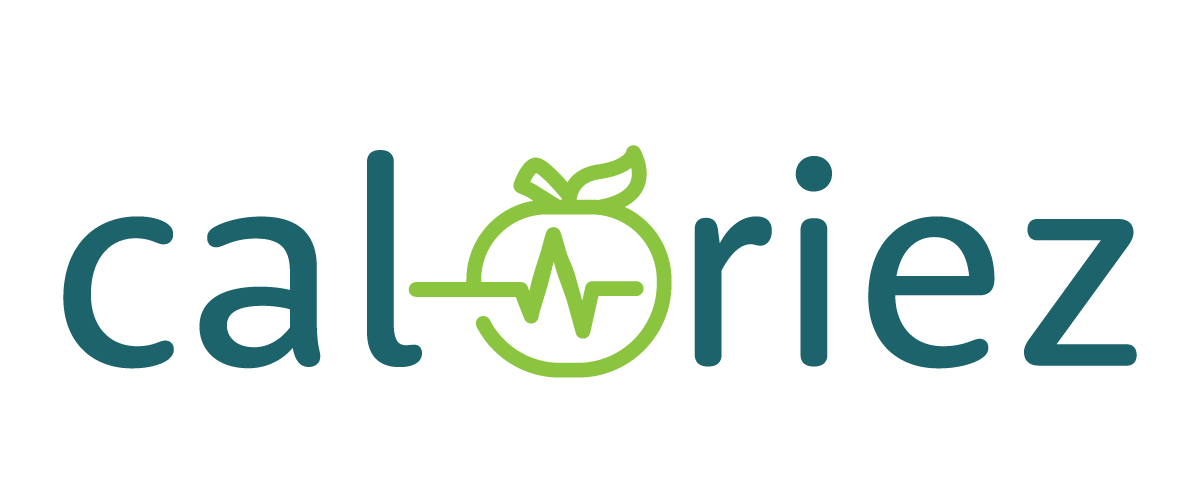While you purchase your heels, flats, or sandals, you at all times select a 7. So wouldn’t that maintain true in your working shoe dimension, too?
Not precisely, Alicia Canzanese, DPM, ATC, a board-certified podiatrist, athletic coach, and former collegiate observe athlete tells SELF. For essentially the most snug, pain-free journey, your trainers ought to really be greater than your common kicks, she says. And the identical applies to most different different exercise sneakers too, whether or not you’re strolling, cross-training, or lifting (all besides for taking part in soccer, the place you need tighter cleats to permit higher contact with the ball).
“While you’re working or exercising, you’re going to extend blood circulate to the world,” Dr. Canzanese says. “There’s inherently going to be somewhat enlargement, there’s going to be somewhat widening, there’s in all probability going to be somewhat little bit of swelling. So you’re going to want somewhat bit extra room.”
In case your trainers are too small, you may get extra blisters, corns, and calluses, along with toe ache and broken toenails out of your digits banging up towards the ends of your sneakers. And bunions—a bony bump on the base of your big-toe joint—can usually ache extra in the event that they’re being squeezed by a too-small shoe, Dr. Canzanese says.
On the flip aspect, too-large sneakers may cause issues, too. “In case your heel is slipping out, that may enhance your danger of getting issues like Achilles tendonitis, since you’re always preventing the heel transferring within the shoe,” she says. Or your foot might slide forwards and backwards, which may really trigger the identical sorts of corns, calluses, blisters, and toenail injury you will get when sneakers are too small.
So that you’ll doubtless need to select a working shoe dimension that’s greater than your avenue sneakers—however not too a lot greater that it begins to trigger its personal set of issues. So what number of sizes up do you have to go?
You’ll have heard us reference the “half-size-up” rule right here at SELF, and whereas that may be a superb start line, it may not at all times present sufficient of the additional room you want. For one factor, sizing for style and informal sneakers is way from constant; you may put on a 7 in a single model and elegance, and an 8 in one other, so a half-size up from 7 may not be sufficiently big in your trainers. As well as, “most individuals are carrying the mistaken dimension in all of their sneakers,” Dr. Canzanese says. Incessantly, sufferers will come to her with toe ache or different issues, and she or he’ll shortly establish overly cosy footwear on the whole as the issue.
So as an alternative of relying in your regular-shoe dimension to get the suitable match, Dr. Canzanese recommends having your toes measured at a shoe retailer. Even in the event you’ve finished it earlier than, it’s value revisiting each few years, as a result of your shoe dimension can change as you age.
When you attain maturity, “your bones aren’t rising anymore, however there are 33 joints and 26 bones in every foot, so all of these issues can flatten and shift and transfer,” Dr. Canzanese says. Accidents can affect this course of, as can being pregnant—a hormone referred to as relaxin makes your ligaments extra elastic to permit for childbirth, and the ensuing modifications in your toes might be everlasting (Dr. Canzanese herself went up from a ten.5 common to an 11 extensive after having youngsters).




